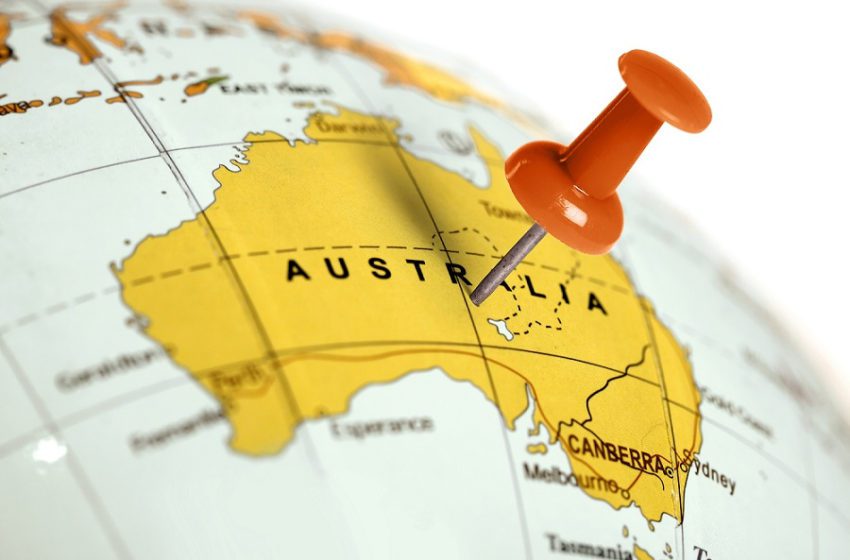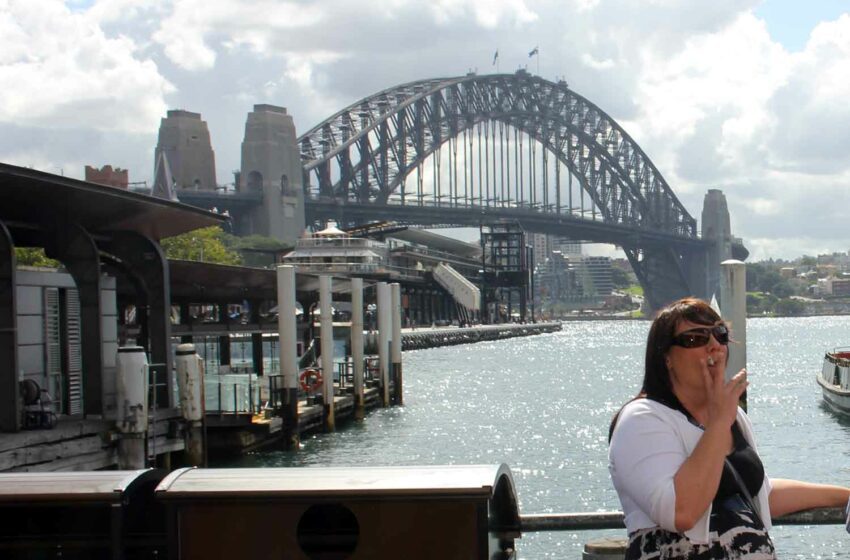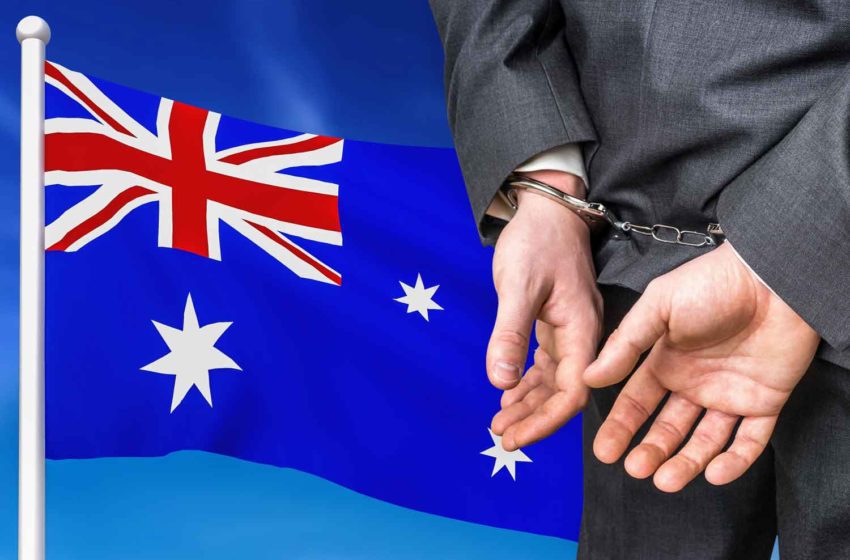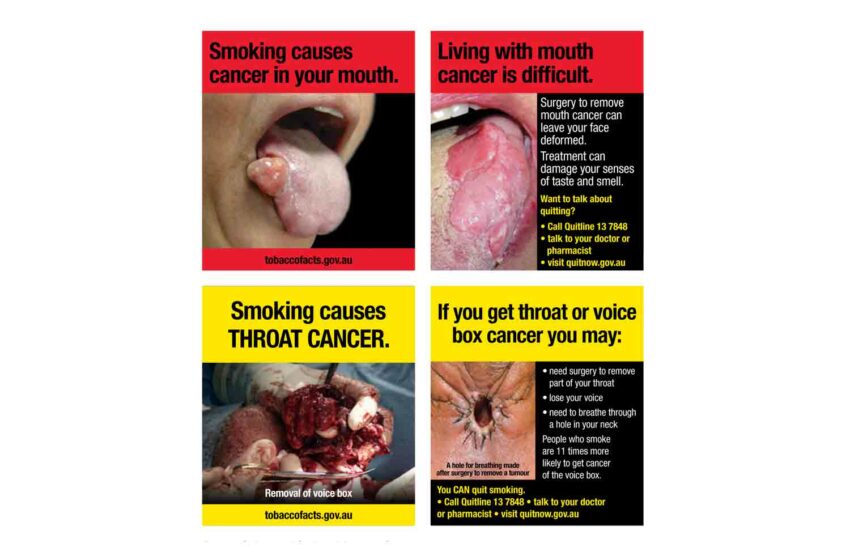George Gay shares impressions from his recent visit to Australia, one of the world’s most hostile countries for the nicotine business.Read More
Tags :Australia
Australian health authorities have detected record levels of nicotine in wastewater. Read More
The main dispute is "down scheduling" of vaping products. Read More
Only those under 18 will require a doctor's order to buy vapes under the new rules.Read More
Most smokers in Australia are educated, employed and in good mental health.Read More
Police arrested five people believed to be connected to an outlaw motorcycle gang.Read More
He urges his compatriots to move beyond the echo chamber of tobacco control group-think.Read More
Consumers have become desensitized to current pack warnings, says health minister. Read More
Manufacturers have until April 1 to roll out ‘repulsive’ new health labels on their products. Read More
The prohibition will be extended to all non-therapeutic devices in March. Read More










